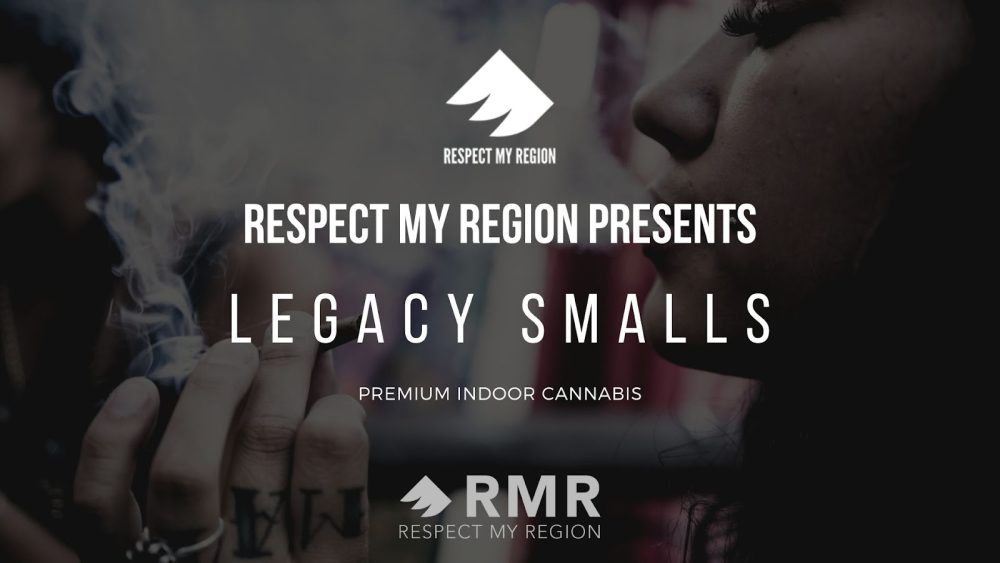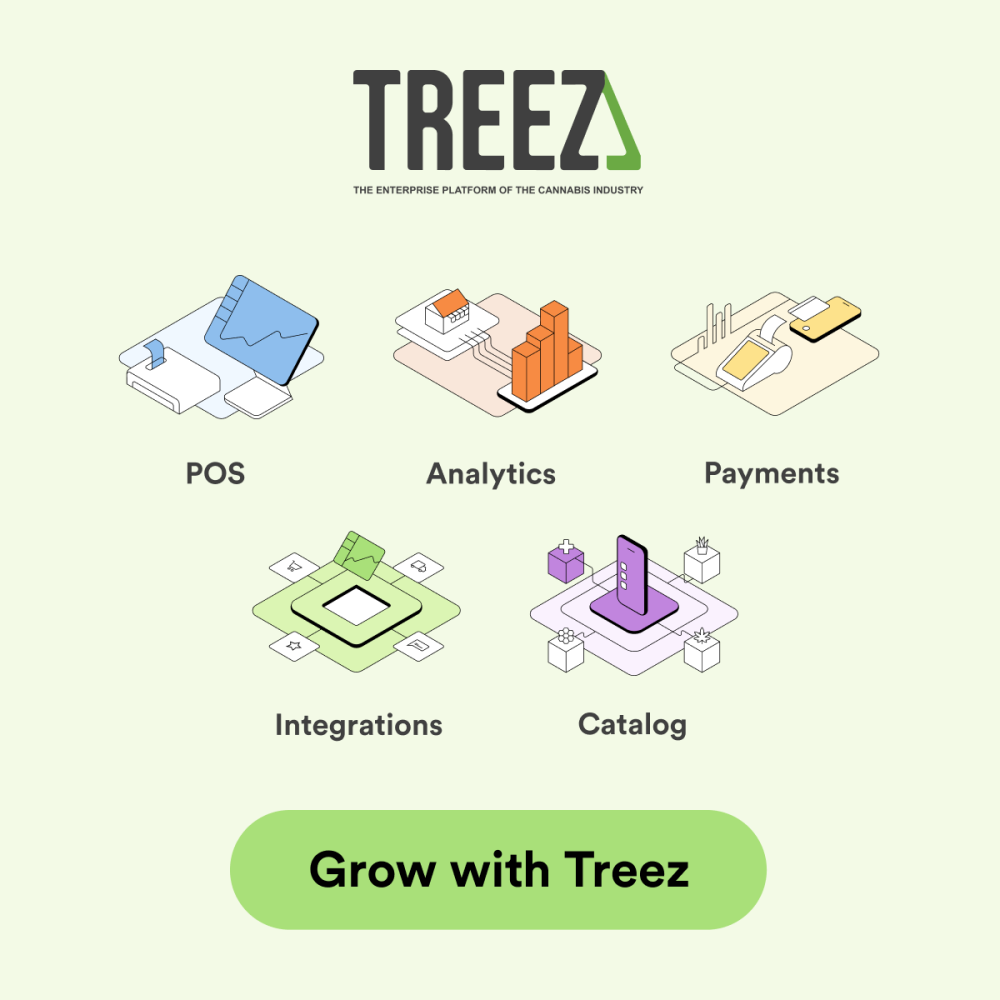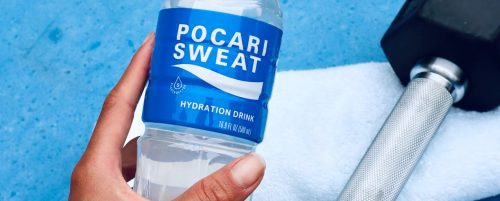Every once in a while, listeners meet a musician who shakes up their entire perspective on sound. East coast musician, sound artist, and engineer Natalie Hogue is one of those creatives. With a forward-looking vision for art, Natalie Hogue’s process is part of an ongoing evolution between musicians and technology.
Exploring the Limits of Electronic Music
Natalie Hogue describes her musical process as “farm to table,” as she maintains full control of the process from even the smallest details. Rather than using pre-configured instruments, she builds many of her synths from scratch. Natalie uses programming environments like Supercollider and Max MSP to achieve the results she wants. “My goal is to create something that sounds uniquely like myself because I have created it from the ground up,” explains Natalie.
In her work, Natalie Hogue also explores the in-betweens of traditional Western intonation. Natalie explains that in many ways, she’s “writing with the fractions directly” rather than the notes of a piano. She mentions a connection to the spectralism movement, where musicians worked directly with the harmonic series. This creates an ethereal, dreamy quality to the harmonies of her music: something vaguely familiar yet otherworldly.
The Humanity of Natalie Hogue’s Work
Beyond the science of her work exists a personal influence. During her live performances, human touch becomes a crucial part of the experience. One example is her use of creative types of controllers, including a painting. “You can use contact microphones and attach them to a membrane,” Natalie explains. While the signal processing behind her work exhibits mathematical precision, slight changes in physical touch can shift the tone of the piece. “It creates this expressive medium for realizing electronic textures that I just love,” she adds. This meeting of two worlds- mathematical perfection and human imperfection- epitomize what makes her music so special.
Natalie Hogue at The Myymälä2 Gallery
The musical journey of Natalie Hogue features an array of influential mentors and peers. In 2022, she studied in the Microtonal Music Studios Program at the Myymälä2 Gallery. Located in the design district in Helsinki, Finland, the program is led by Timo Tuhkanen. Natalie explains how the program allowed her to dive further into musical expression, mentioning recording with a 19-tone equal temperament guitar alongside other endeavors.
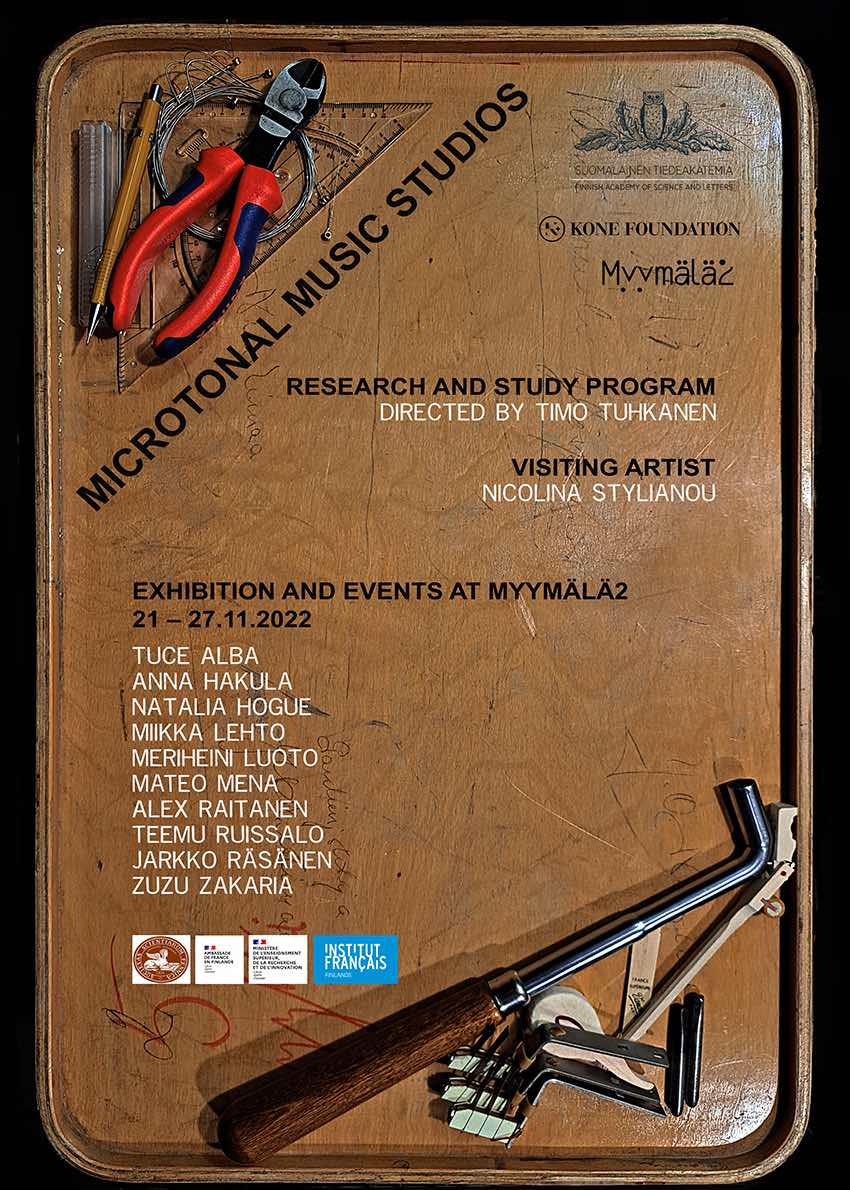
Her performance there brings depth and beauty to the gallery. “Every other show, I’ve been chasing that performance,” says Natalie. Music for Transit & Displacement, as the piece is titled, explores “mobility access, built environments, and the displacement of peoples due to gentrification and far-right political reactionism,” according to her website. Through sonic landscapes and performance-based originality, she guides the listener through feelings of hope, loss, and resilience.
Public Transportation Music
Natalie Hogue continues to explore the urban landscape with her concept album Public Transportation Music. “On one hand, it provides this utopian city-on-a-hill ideal” along with reckoning with the “more inhospitable parts of living in an urban space,” says Natalie. The album opens with industrial drum sounds with “The Gap” and hopeful harmonies in “reRepeat.” As the project evolves, listeners hear energy-building arpeggios and bittersweet harmonies, showing the dichotomy of freedom and pain. Natalie closes with “The City Sleeps,” which ties together the project with nostalgic synth landscapes.
The process of designing this project involved personal experience with Boston transit. Natalie discusses her excitement when moving to the city, which is the time she started to write the project. However, she also experienced the inconsistencies of city living. “The cars that do exist are constantly trying to run you over… half the time the MBTA doesn’t work,” explains Natalie.
Public transportation benefits everyone, and especially underprivileged artists. She wrote the track “Riverside” while on a train, and mentioned how public transportation provides more freedom to do creative work. “On the train, you work on music, or you read a book,” she says, while driving a car requires one’s full attention.
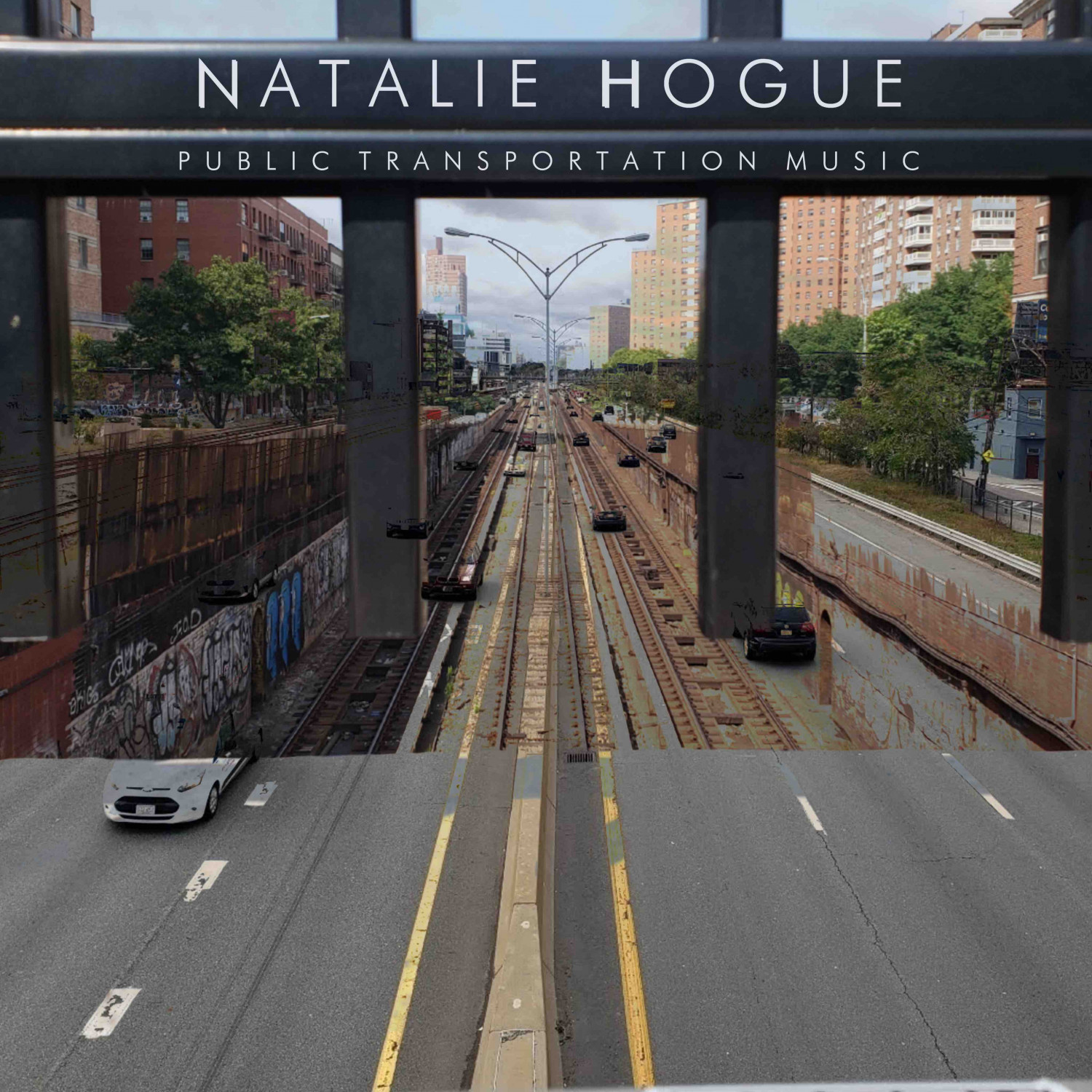
Natalie’s vision for the project connects to a greater systemic issue. She mentions that lack of public transportation “creates a net negative for everybody” and “hits marginalized communities the greatest.” She talked about how transportation issues are exacerbated by active decisions: people in power still manage and build cities in explicitly inequitable ways.
Music as an Agent of Change
Natalie Hogue believes that artists can have a voice in change. As such, she explains that artists have “the ability to discuss these subjects in a delicate and nuanced way that is engaging to people that otherwise wouldn’t be paying attention.” In addition, she believes in the importance of grassroots organizing and community building. Artistry doesn’t necessarily replace those, but rather serves to complement work that already happens.
Looking to the future, Natalie Hogue has more music coming out shortly. She hopes to have her new Comfort Objects album out by the end of the summer. Listeners can follow her on Instagram for further updates. To see more of her work, her website is the best place to visit.
RAPPER WEED: WHICH RAPPERS HAVE CANNABIS PRODUCTS IN THE MARKET?
10 UNDERRATED FEMALE RAPPERS YOU SHOULD LISTEN TO RIGHT NOW
9 RAPPERS FROM DETROIT YOU NEED TO KNOW THIS YEAR
